A groundbreaking drone inspired by the nimble flying squirrel is soaring past the limits of traditional quadcopters, thanks to foldable wings that slam on the brakes mid-air. Developed by researchers at South Korea‘s Pohang University of Science and Technology (POSTECH), this bio-inspired marvel promises to transform drone maneuverability for professionals and hobbyists alike. A recent paper on arXiv details how this drone’s innovative design tackles the challenge of halting lateral momentum, opening new possibilities for navigating tight spaces.
Bio-Inspired Breakthrough
The drone, crafted by POSTECH’s Dohyeon Lee, Jun-Gill Kang, and Soohee Han, looks like a standard quadcopter at first glance, with four propeller-tipped arms radiating from a central body. But its secret weapon lies between the front and rear arms: silicone-membrane wings modeled after a flying squirrel’s gliding membranes. These wings stay folded during cruising for streamlined flight but snap open via a servo-activated four-bar linkage when sudden stops are needed. By dipping its rear end, the drone maximizes aerodynamic drag, allowing it to hover, redirect, or glide to a landing with unprecedented control.
This design addresses a persistent pain point for drone pilots: quadcopters struggle to shed speed quickly without losing stability. The flying squirrel drone’s ability to decelerate rapidly could be a game-changer for applications like aerial photography, search-and-rescue missions, or racing through cluttered environments.

AI-Powered Precision
Since its debut in 2023, the drone has reportedly evolved with an AI-based Thrust-Wing Coordination Control (TWCC) system, which syncs the propellers and wings for seamless agility. In simulations mimicking a forest-like obstacle course, the TWCC-equipped drone achieved a 90.5% success rate in dodging obstacles, far outpacing wingless quadcopters (9.52%) and fixed-wing drones (19%). “The TWCC system boosts maneuverability by improving coordination between the propellers and the wings,” the researchers note in their GitHub-hosted study.
For drone enthusiasts, this leap in performance could mean smoother flights through tricky settings, from urban canyons to wooded trails. Professionals might see operational gains, like safer inspections in confined industrial spaces or more dynamic footage for cinematography.
Industry and Regulatory Horizons
The flying squirrel drone’s innovations could ripple across the Drone Industry, pushing manufacturers to explore bio-inspired designs. As drones become more agile, they may unlock new use cases, from precision agriculture to rapid-response disaster aid. However, increased maneuverability raises regulatory questions. The Federal Aviation Administration (FAA) and other bodies may need to update guidelines to ensure these agile drones operate safely in shared airspace, especially near crowds or airports.
Economically, the technology could lower barriers for entry-level pilots by making drones easier to control in tight spots, reducing crash risks. Yet, integrating foldable wings and AI systems might bump up production costs, a factor manufacturers will need to balance.
DroneXL’s Take
Picture a drone darting through a forest like a squirrel leaping from branch to branch—POSTECH’s creation brings that vision to life. For DroneXL’s community, this tech isn’t just cool; it’s a glimpse into a future where drones dance around obstacles with ease. The flying squirrel drone could make every pilot feel like a pro, whether you’re capturing epic shots or racing buddies through a park. But let’s keep our feet on the ground: regulators will need to catch up to ensure these nimble fliers don’t turn airspace into a free-for-all. For now, this drone is a bold step toward a more agile, exciting era of flight.
Photos courtesy of Pohang University of Science and Technology.
Discover more from DroneXL.co
Subscribe to get the latest posts sent to your email.




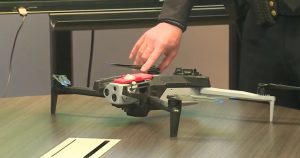

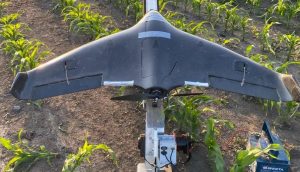
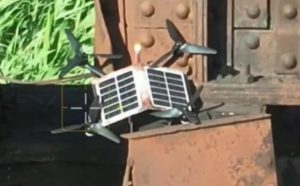
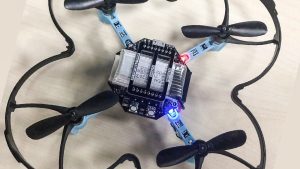
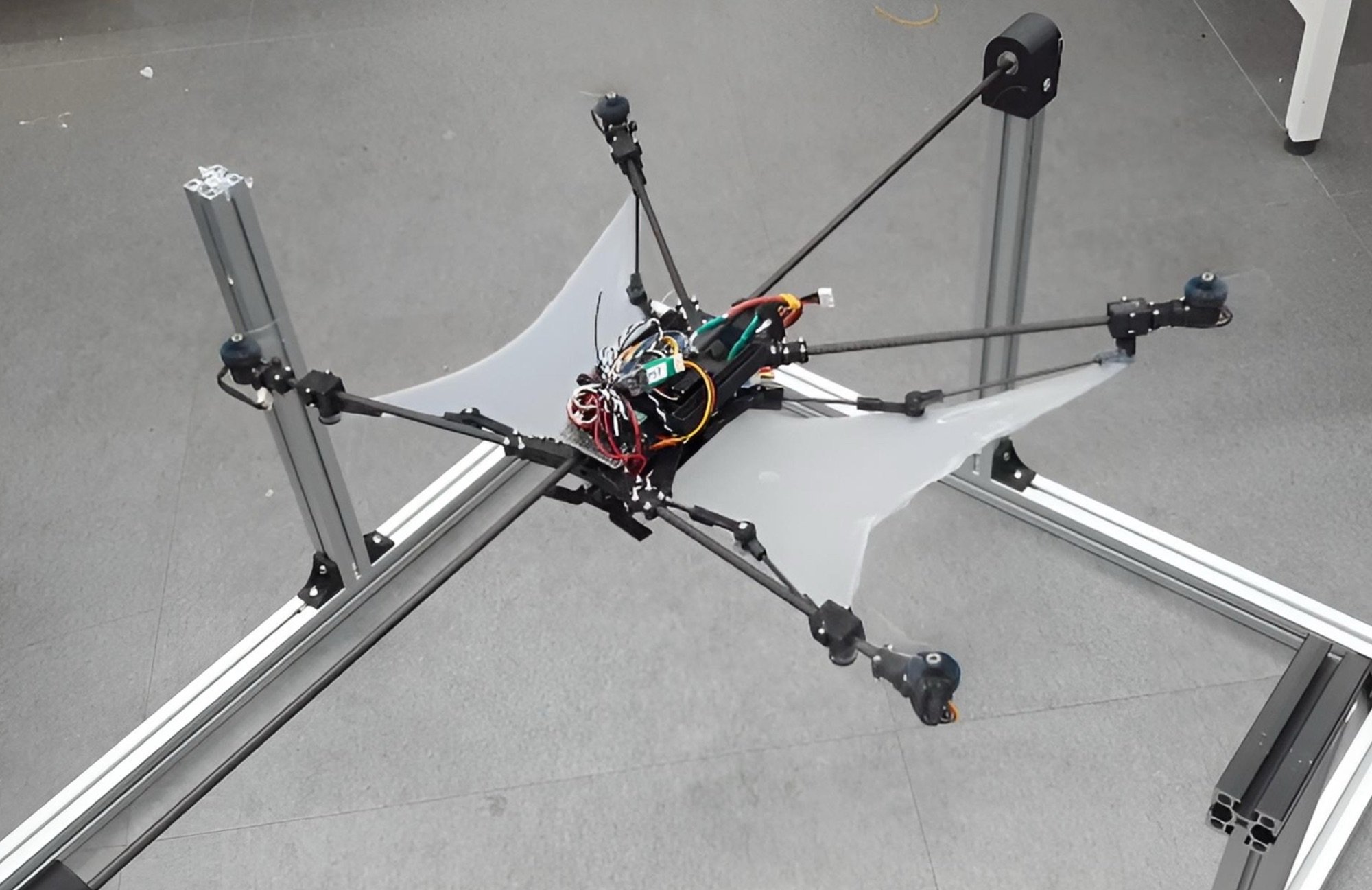



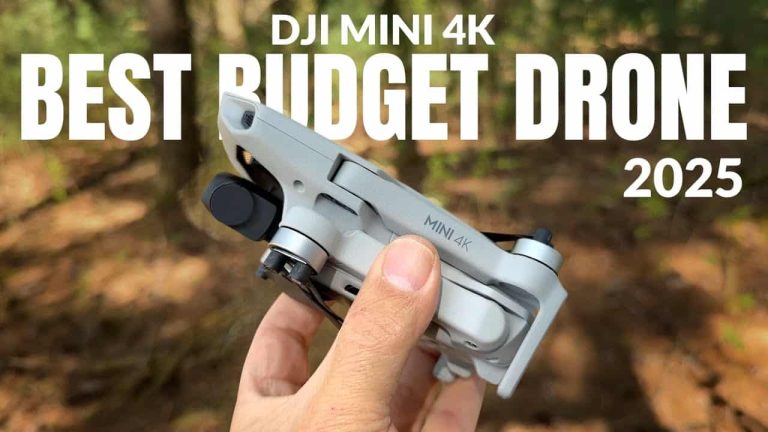
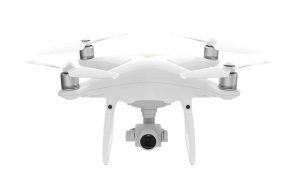

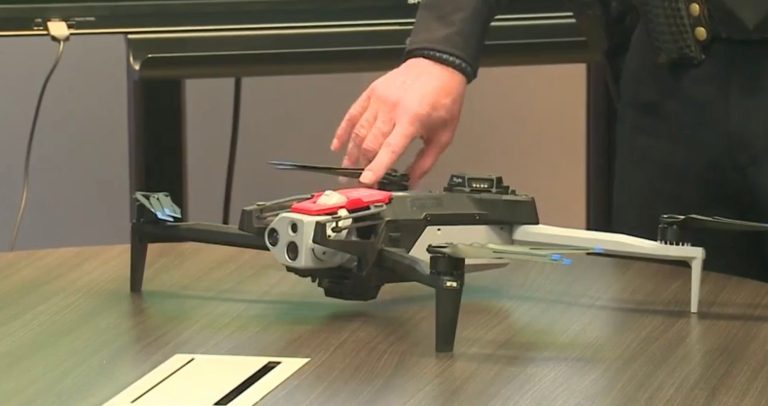
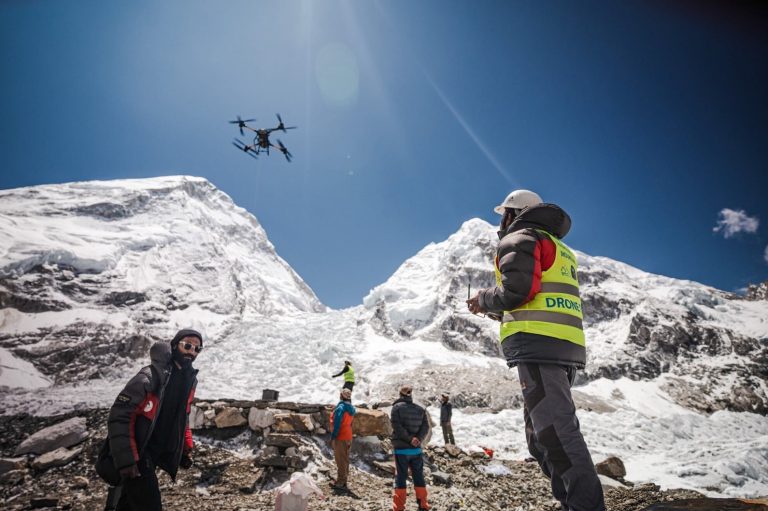
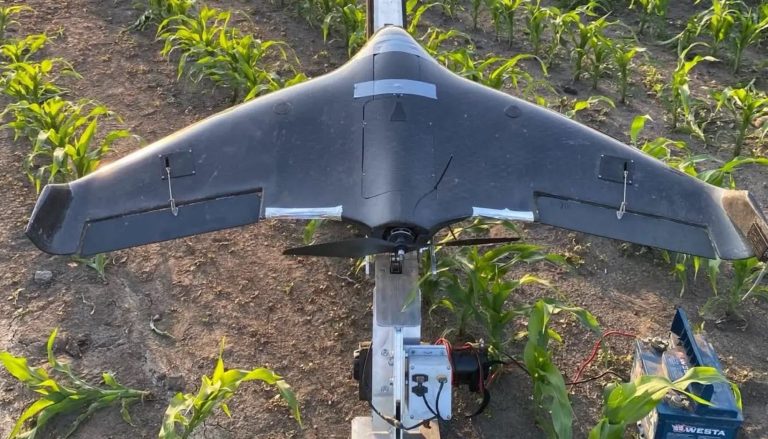
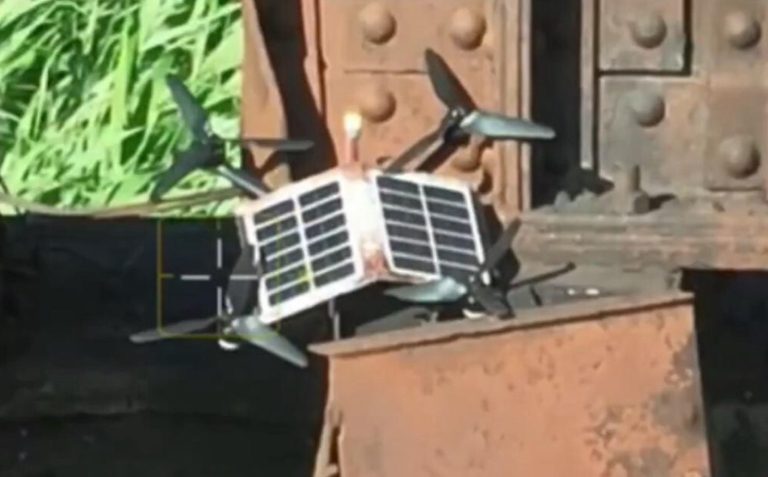
+ There are no comments
Add yours